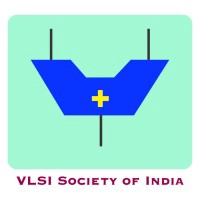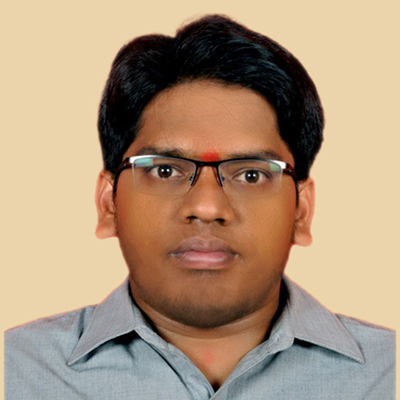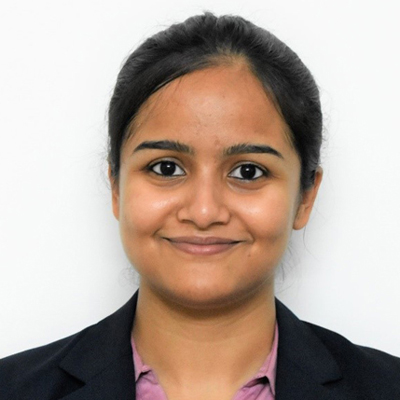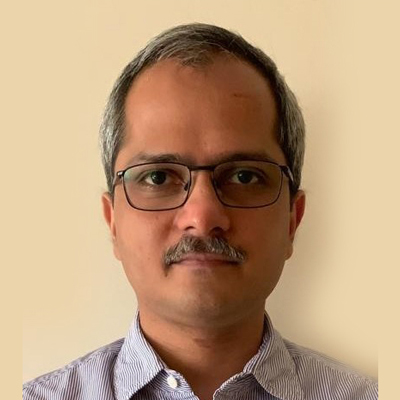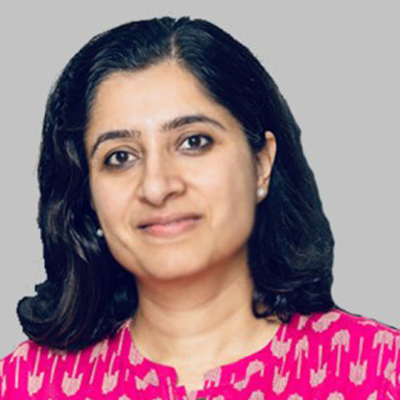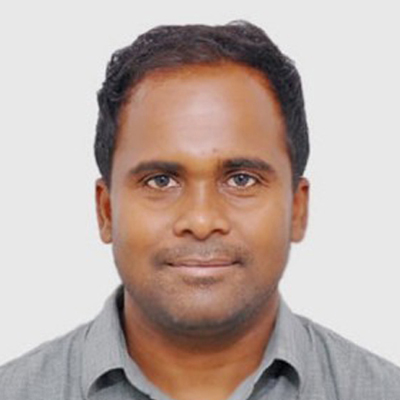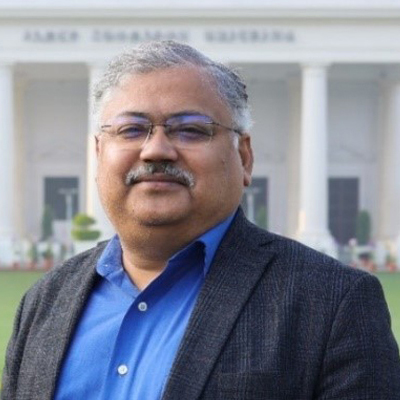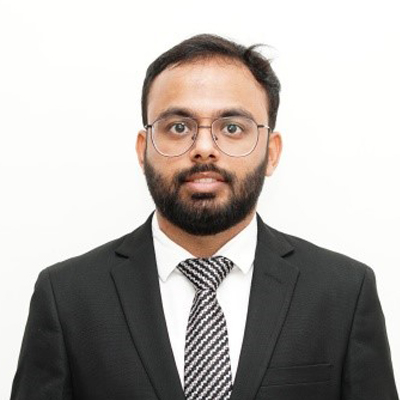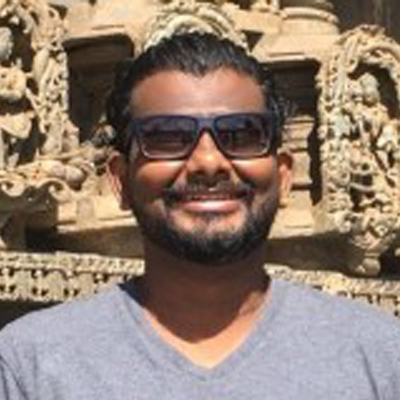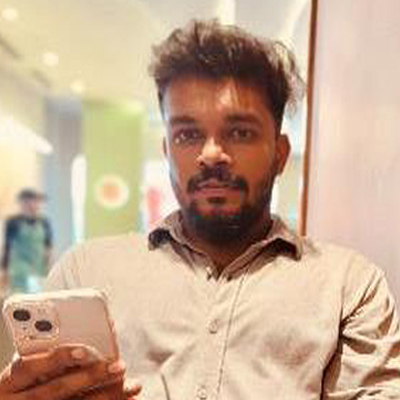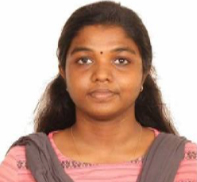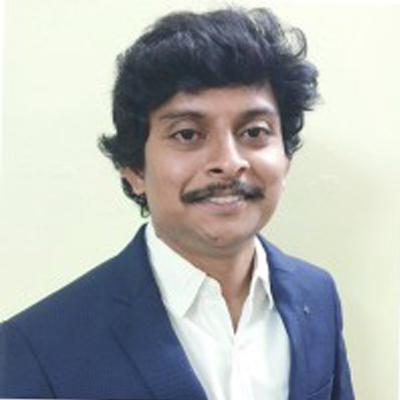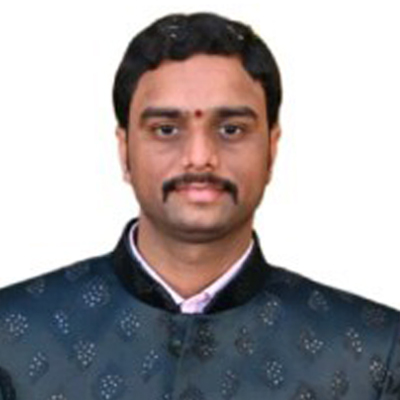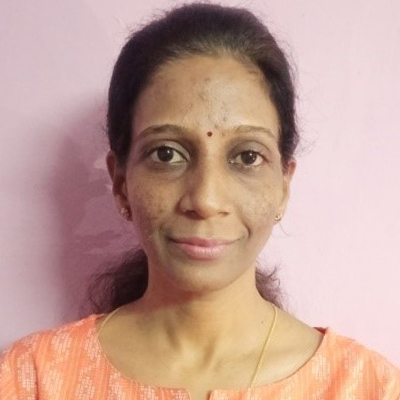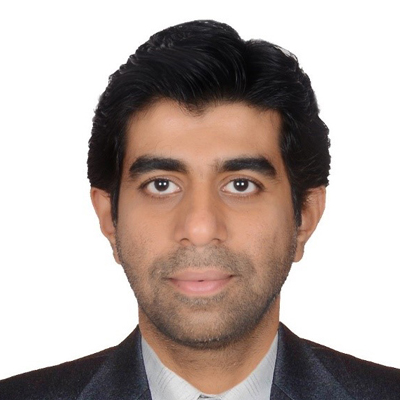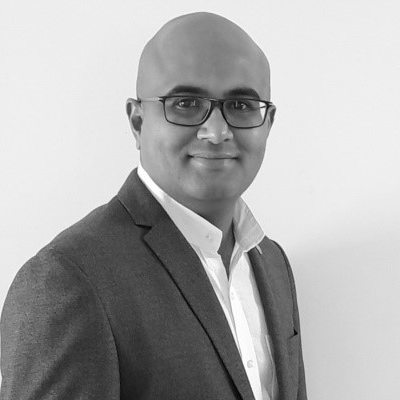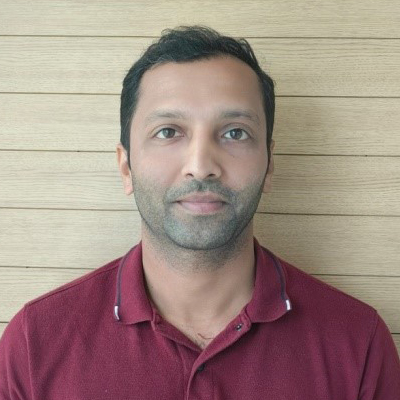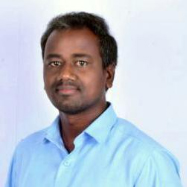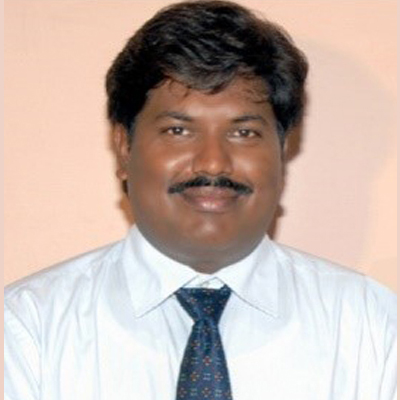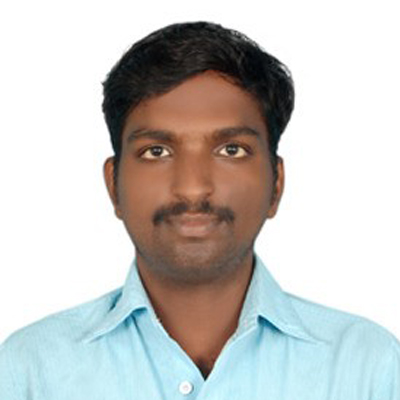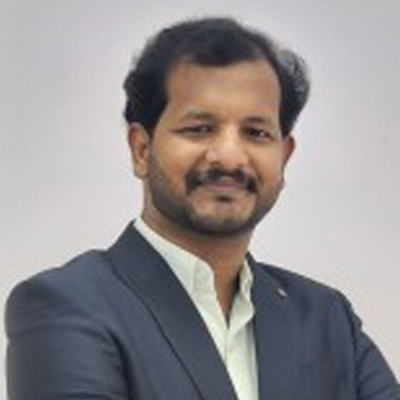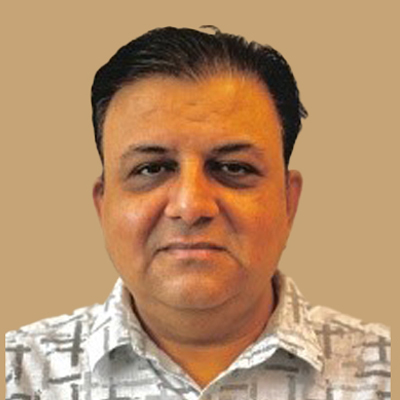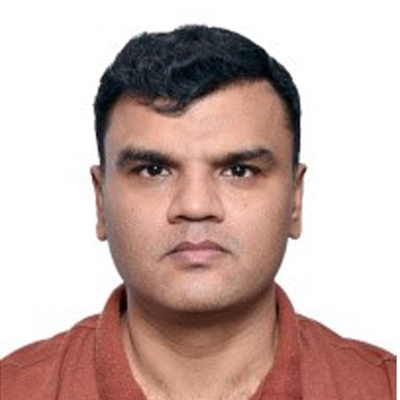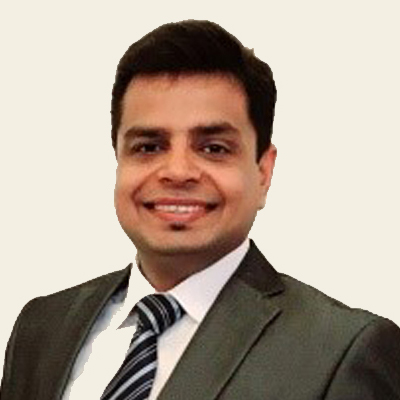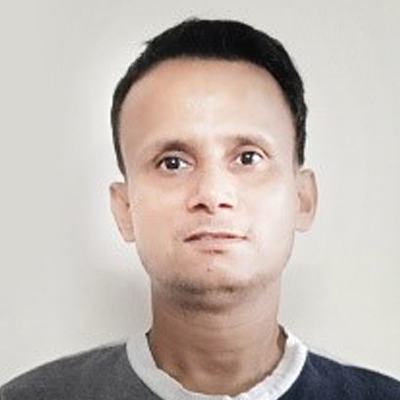|
Mixed Signal ASIC Design |
Emerging Technologies |
VLSI testing and testability (With Hands-on Labs) |
Design Implementation - (RTL to GDSII Flow with Hands-on Labs) |
VLSI Design & Reliability |
System Design |
Physical Verification |
Session-1
09.30 AM to 11.00 AM |
Challenges to Backend VLSI Design, Process Flow and Integration
Venkata Reddy Kolagatla,
Shramona Roy ,
and Vivian Desalphine
- C-DAC, Bangalore |
Performance-specific, technology look-up table- based design methodology for low-dropout voltage regulators (LDOs) - I.
Sakshi Arora
- IIIT Bangalore
Manikandan R R
- NIT Tiruchirappalli |
DFT Fundamentals
Dr. Renold Sam
- Microchip Technology Inc. Canada |
Introduction to ASIC Flow & RTL Synthesis
Vijay Kanth,
Mohan Ganugapati
- VLSIMONKS DESIGN PVT LTD
Sreedevi Kulkarni - ChipEdge Technologies Pvt. Ltd. |
Life cycle and development of custom Standard cells
Aquib Quraishi
- Marvell Technologies |
Energy Efficient VLSI Architectures for DSP: Image and Video Watermarking System on FPGA
Dr. Noor Mohammed
- IIITDM Kancheepuram
Dr. Dhayalakumar M
- Dissai Technologies |
Challenges and Solutions during Low Power Mixed Signal (LPMS) SoC Verification
Lalit Mohan
- Cadence Design Systems India Private Limited |
Session-2
11.30 AM to 01.00 PM |
Digital ASIC Design and Development
Venkata Reddy Kolagatla,
Shramona Roy,
and Vivian Desalphine,
- C-DAC, Bangalore |
Performance-specific, technology look-up table- based design methodology for low-dropout voltage regulators (LDOs) - II.
Sakshi Arora
- IIIT Bangalore
Manikandan R R
- NIT Tiruchirappalli |
Advanced Fault Modelling Techniques & 3D ICs DFT Design techniques
Yadu Krishnan
- Microchip Technology Inc. India |
Floorplanning
Vijay Kanth,
Mohan Ganugapati
- VLSIMONKS DESIGN PVT LTD
Sreedevi Kulkarni - ChipEdge Technologies Pvt. Ltd. |
Impact of Design for Test on the production of a Chip
Aanand Venkatachalam,
Suraj MC
- Marvell Technologies |
Energy Efficient VLSI Architectures for DSP: Image and Video Watermarking System on FPGA
Dr. Noor Mohammed
- IIITDM Kancheepuram
Dr. Dhayalakumar M
- Dissai Technologies |
Design Rules: Concepts, Checking, DRC Aware Place & Route for Custom Flow
Sachin Shrivastava,
Vishal Rastogi,
Deepak Karnatak
- Cadence Design Systems India Pvt. Ltd., Noida |
| Afternoon |
| Time |
Tutorial 1
(Full Day) |
Tutorial 2
(Full Day) |
Tutorial 3
(Full Day) |
Tutorial 4
(Full Day) |
Tutorial 6
(Half Day) |
Tutorial 8
(Half Day) |
|
| Venue |
TT 312 |
Ambedkar Auditorium |
TT 727 |
TT 238 |
TT Gallery 2 |
Kamaraj Auditorium |
|
|
Mixed Signal ASIC Design |
Emerging Technologies |
VLSI testing and testability (With Hands-on Labs) |
Design Implementation - RTL to GDSII Flow (With Hands-on Labs) |
Internet of Things |
Design Verification |
|
Session-1
2.00 PM to 3.30 PM |
Analog and Mixed Signal ASIC Design and Development - I
Venkata Reddy Kolagatla,
Shramona Roy, and
Vivian Desalphine
- C-DAC, Bangalore |
A Journey across Cryo- CMOS for Quantum Computation - I
Prof. Sudeb Dasgupta
- IIT Roorkee
Prof. Navjeet Bagga
- IIT Bhubaneswar |
Lab Session on DFT Synthesis, Scan Insertion, Scan Chain, Analysis, DRC violations analysis and fixing
Prathiba M
- Vellore Institute of Technology, Vellore
Yadu Krishnan
- Microchip Technology Inc. India |
Power planning & Placement
Vijay Kanth
Mohan Ganugapati
VLSIMONKS DESIGN PVT LTD
Sreedevi Kulkarni
- ChipEdge Technologies Pvt. Ltd. |
Industrial IoT using LoRaWAN Technology
Dr.Subramanian
- Enthu Technology Solutions India Pvt Ltd |
The Art of Verification
Putta Satish,
Principal Engineer - Maven Silicon |
|
Session-2
4.00 PM to 5.30 PM |
Analog and Mixed Signal ASIC Design and Development - II
Venkata Reddy Kolagatla,
Shramona Roy,
and Vivian Desalphine
- C-DAC, Bangalore |
A Journey across Cryo- CMOS for Quantum Computation - II
Prof. Sudeb Dasgupta
- IIT Roorkee
Prof. Navjeet Bagga
- IIT Bhubaneswar |
Lab session on ATPG and Fault simulation
Yadu Krishnan,
Dr. Renold Sam
- Microchip Technology Inc. |
Clock Tree Synthesis & Routing
Vijay Kanth,
Mohan Ganugapati
- VLSIMONKS DESIGN PVT LTD
Sreedevi Kulkarni - ChipEdge Technologies Pvt. Ltd. |
Industrial IoT using LoRaWAN Technology
Dr.Subramanian
- Enthu Technology Solutions India Pvt. Ltd. |
RISC-V Processor IP Verification using UVM Demo
Putta Satish,
Principal Engineer - Maven Silicon |
|

